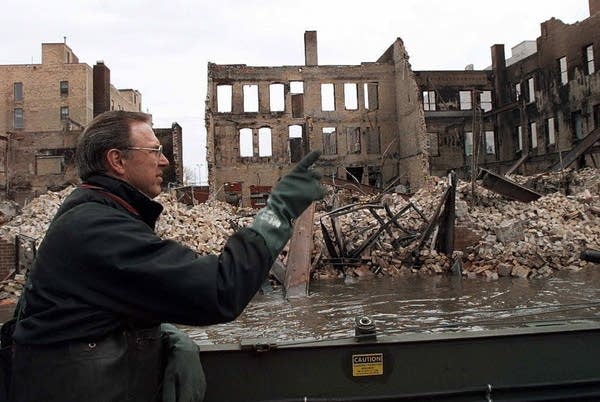The 1997 Red River Flood: What happened?

During the 1997 Red River flood, Grand Forks resident Dick Olson pointed out locations that various business used to be before a tremendous fire ravaged almost an entire city block downtown.
Luke Frazza | AFP/Getty Images file
Go Deeper.
Create an account or log in to save stories.
Like this?
Thanks for liking this story! We have added it to a list of your favorite stories.


